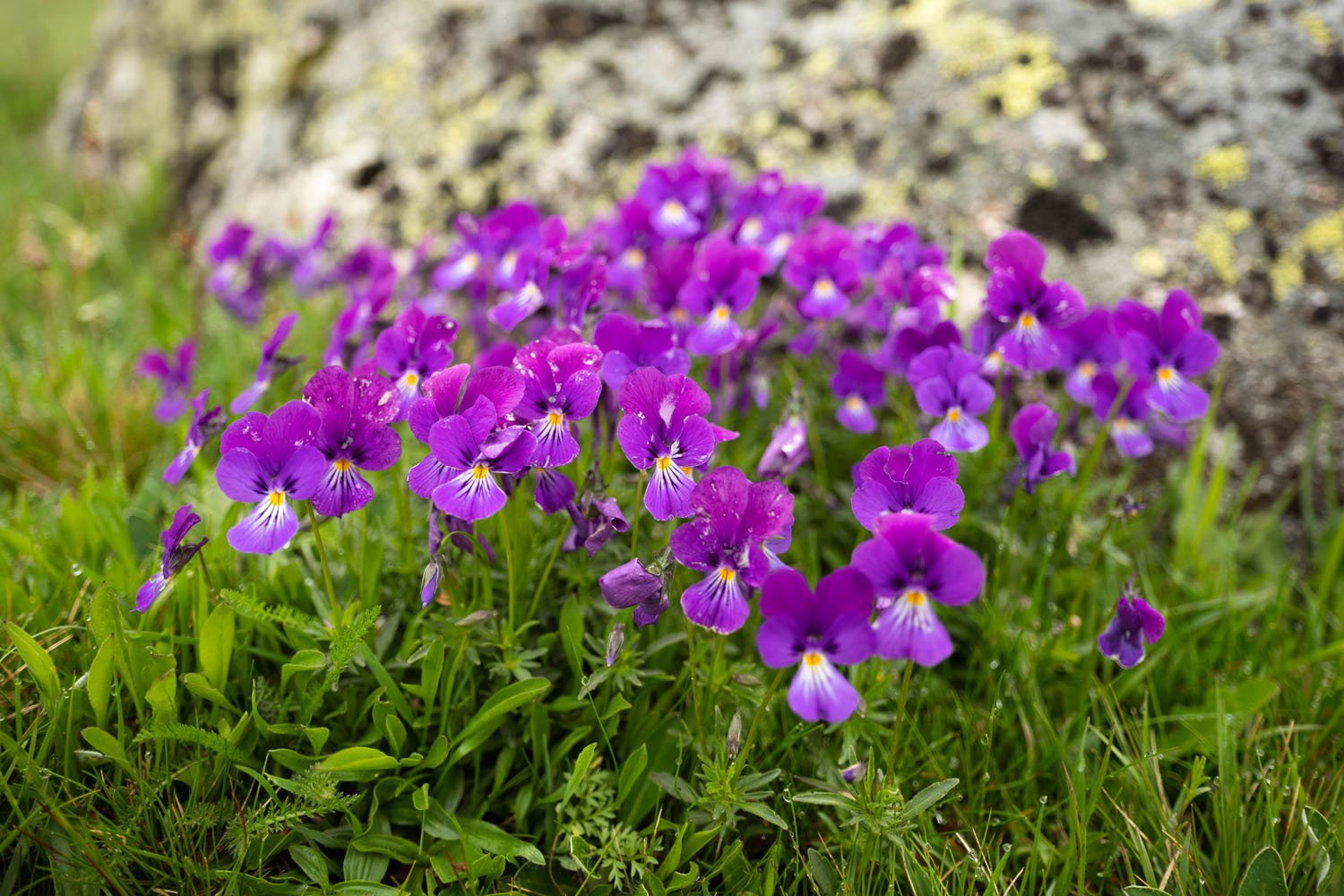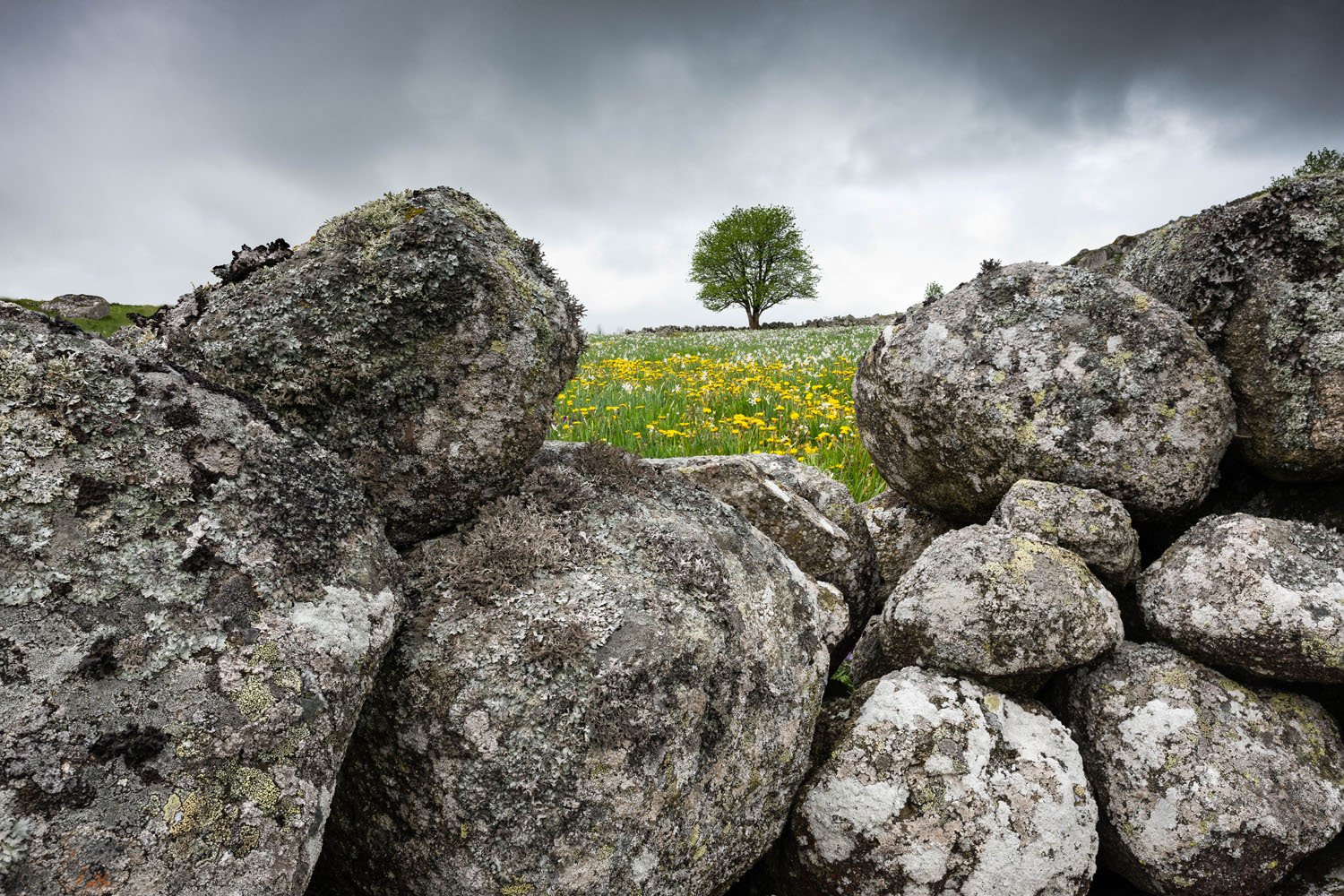
Jean-Michel Lenoir
Sa passion pour la nature a mené Jean-Michel Lenoir dès son plus jeune âge à la photographie comme un moyen de capturer ces moments magiques de la nature et de la faune. Contemplatif de nature, il ne recherche pas l’image descriptive, mais plutôt ce qui relève du suggestif.
Toujours en quête de lumières d’exception et d’ambiances oniriques, sa sensibilité se traduit par des images épurées, alliant force et émotion, combinant les mondes réels et imaginaires, le dramatisme et la douceur. Dans cet esprit, en 2013, il publie son premier ouvrage intitulé “Les âmes sylvestres” (« The silvan souls »), une approche personnelle des arbres et des forêts.
Ses images sont diffusées par l’agence NATURAGENCY et récompensées par les plus grands concours photographiques, notamment le prestigieux “Wildlife photographer of the year” et “European wildlife photographer GDT”, et régulièrement publiées dans le magazine Géo.
Alliant sa passion de l’image et des grands espaces, il conçoit et accompagne des voyages photographiques pour Photographes du monde depuis 5 ans. Du nord de l’Europe (Ecosse, Norvège, Finlande) jusqu’en Amérique du Sud (Chili et Bolivie), son univers photographique le mène dans des paysages somptueux d’où il tire sa principale source d’inspiration.
Landscape photography is an eternal quest for atmosphere. It relies deeply on elements on which we have no authority: the weather, and thus the light. You have to anticipate, to adapt continuously, and you need to be very patient and keep a positive mind while waiting. You must also set very high standards right from the shooting, and never fall into the comfort of relying on a heavy post-production.
To go fetch a beautiful picture, you also have to leave your comfort zone and be persistent, so you can face the winds, the cold, the moisture, and everything that could hinder your motivation. However, I do like those moments when you have to rise to the challenge: it’s highly stimulating and I really feel alive facing the elements.
In photography, I’m looking for simple pictures, which go straight to the subject core, with very few things in the frame.
I follow a suggestive approach: I don’t try to show a subject as it is, but to share what it expresses. It’s my way of telling stories and conveying my sensibility.
When you try to show too much, you leave nothing to uncover, you don’t inspire dreams anymore. Anyway, this is the way I feel reality, somehow.
We were never further away from the nature that surrounds us: we no longer take time to look at it, at its simplicity, as we’re always looking for the dramatic. I like to show nature’s simple beauty and sheer power.
For this photo series, made with the new GF 30mm, I went to L’Aubrac, a regional nature park set on a plateau, shared between the departments of Lozère, Cantal and Aveyron. It is a green desert, a timeless area made of open spaces. Man has lived there for millennia, but kept a deep connection to nature, and partially preserved its authenticity.
There you can find amazing landscapes, unexpected in France: the ancient volcanic activity produced beautiful and mysterious atmospheres. Many old, eroded stones tell the story of this country. It is also an important place for the pilgrims following the Way of St. James, and we’re in the country of Gévaudan with its many legends: this area has a mystical dimension. There are often heavy skies, and mist and clouds create strong atmospheres, which I really like.
The GF30mm gives the field of view of a 24mm in 24×36mm. It is a must-have for landscape and news photography – the go-to wide-angle lens, quite easy to use, offering little distortion and a less dramatic perspective effect than ultra-wide lenses. It is quite tolerant regarding where you put the foreground elements, and its rendering is still close to human vision.
Creating a coherent yet diverse series of pictures using just one wide-angle lens was a challenge for me, a very stimulating one – especially when bulls came around !
I usually work with several primes and zooms, covering a wide range of focal lengths, from the GF23mm to the GF100-200mm. The upsides of using only one prime lens are that you get a constant reproduction of the scene, and you have to close in on your subjects to fine-tune the proportions inside the frame.
The GF30mm has no equivalent in the current GF line-up, so this focal length was highly anticipated. It offers several advantages. First, the minimal focusing distance as low as 32 cm (1 ft) allows you to get very close to your subject, while offering a nice bokeh wide open.
Second, its angle of view barely changes with focusing, which allows to stack many shots.
Third, weather resistance is a real asset, especially for me as I often work under wet and harsh weather! This lens is very convenient, and I was surprised how light it is (510 g or 18 oz).
Regarding construction and bulk, it looks a bit like a 23mm on a diet: the length is the same, but the body is thinner and lighter. Construction and finish are beyond reproach.
On the field, with the GFX100, the images offer incredibly rich details and nuances. Even wide open at F3.5, pictures remain crisp right to the edges. Closing down to F5.6 gives an amazing resolution: I had never seen such a high image quality.
For my kind of work, I need a very high-resolution camera and a wide dynamic range to reproduce the nuances of colors and light. The GF30mm easily fulfills the requirements for this 100MP image sensor.







































































